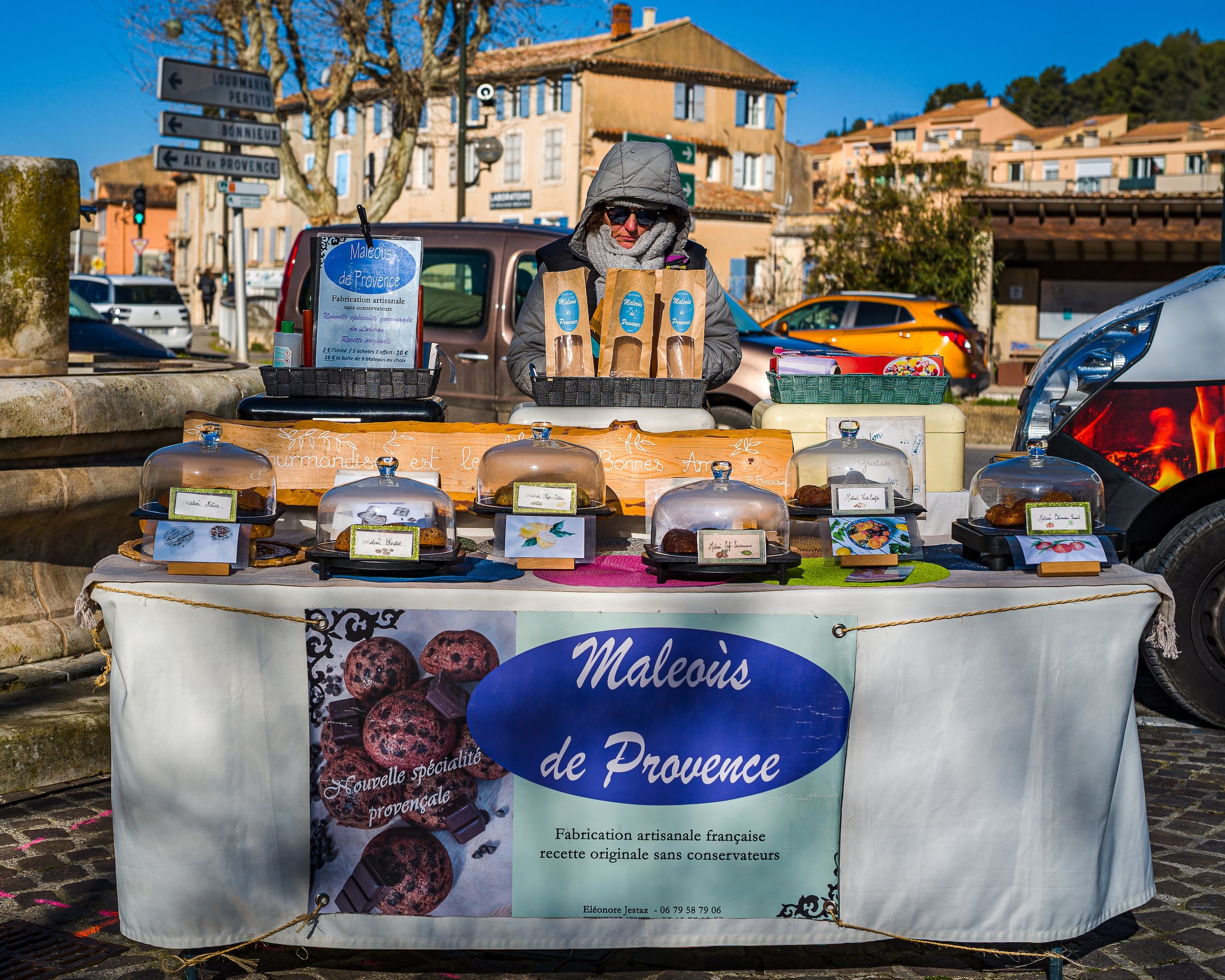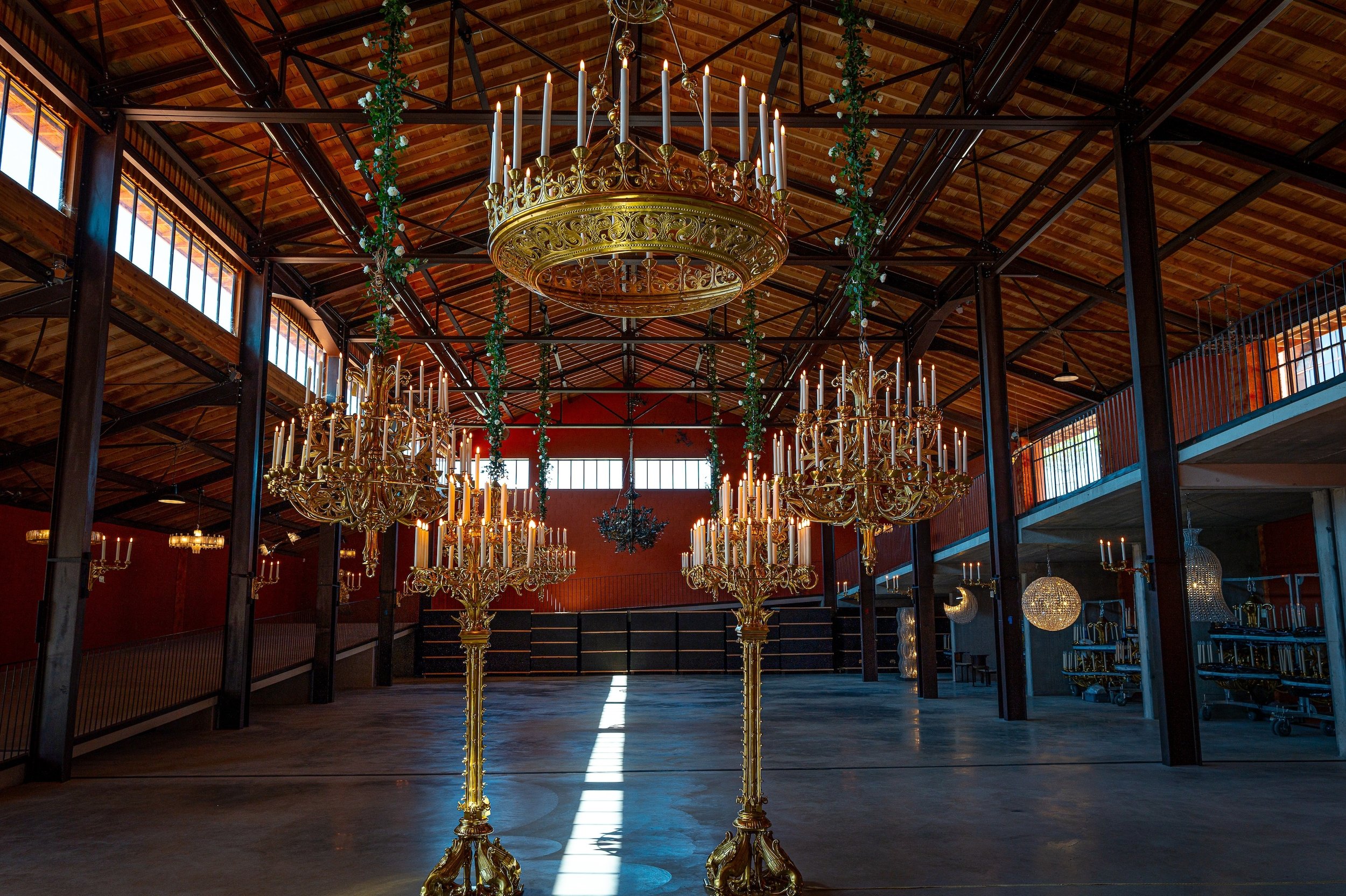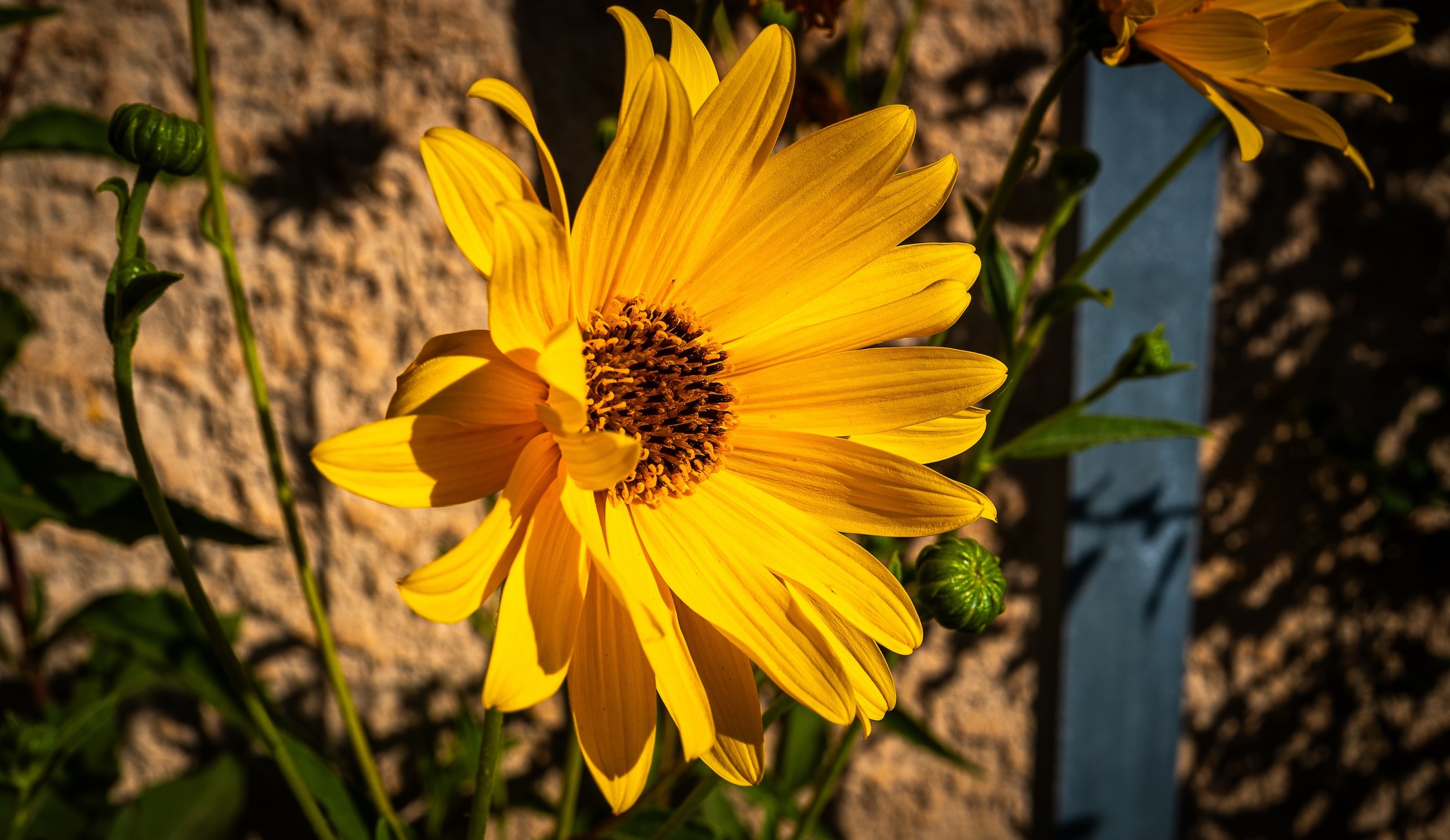


A Luminous Pilgrimage: My Visit to Mathieu Lustrerie in Gargas, France.
Leica Cameras for Travel.



A DAY TRIP TO SAINT-PAUL-TROIS-CHATEAU: STAGE 17 OF THE TOUR de FRANCE
Leica Cameras for Travel.




Travels with Leica Cameras.

Leica Cameras for Travel.

Leica Cameras for Travel.

Leica Cameras for Travel.

Leica Cameras for Travel.

Leica Cameras for Travel

Leica Cameras for Travel